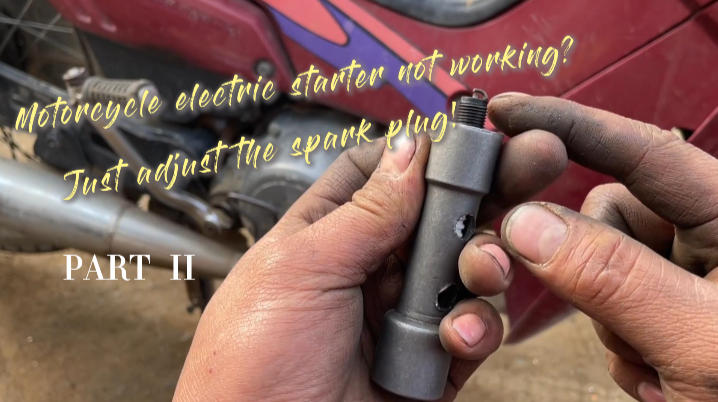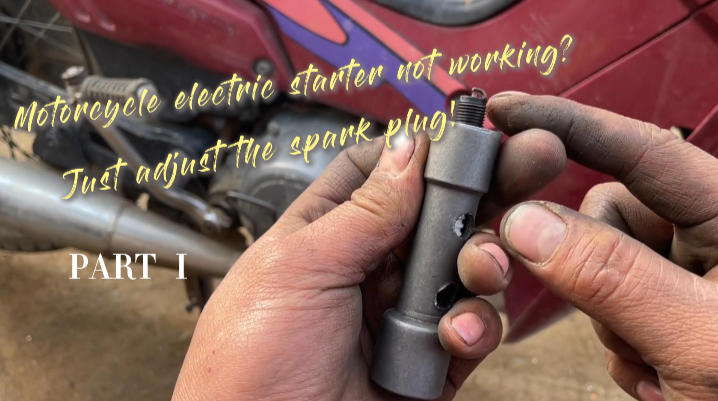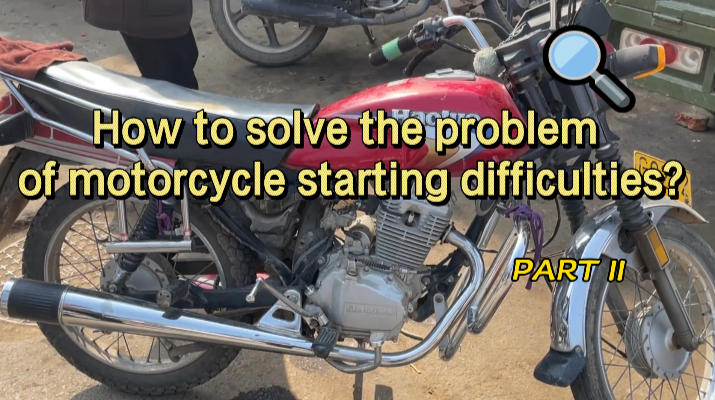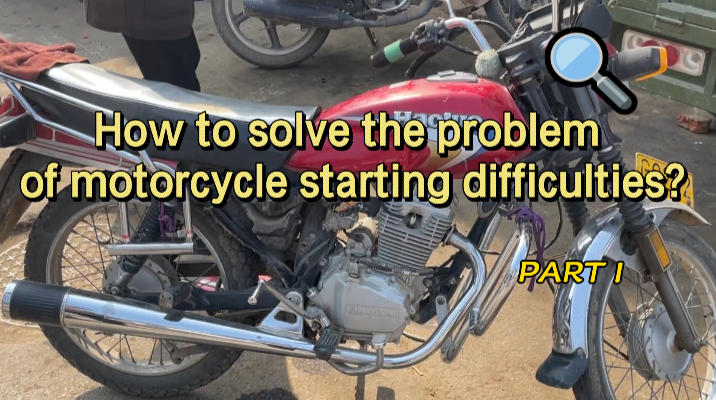Motor: The power heart of a drone (One)
-
13
-
2025-11-06 18:46:35
If a drone is compared to a smart flying spirit, then the motor is undoubtedly its beating "heart", the most crucial component in the entire flight system. This "heart" does one key job: turn electricity into mechanical power. Just like our hearts pump blood, the motor gives the drone the power to fly.
When the drone fires up, the motor spins fast, making the prop turn. Thanks to Newton’s third law—prop pushes air down, air pushes drone up (that’s lift!). With lift, the drone beats gravity and flies up.
Flying time? The motor also controls how the drone moves. Wanna go forward? It tweaks different motors’ speed, tilts the drone, and uses lift’s horizontal force to push forward. Wanna turn? Just change the speed of diagonal motors—the torque makes it steer.
Bottom line: Motor performance directly affects if the drone flies steady, moves flexibly, and even how long it flies, how much it can carry, and how fast it goes.
Brushless motor: A powerful assistant for drones Among the numerous components of unmanned aerial vehicles (UAVs), brushless motors stand out and have become the top choice for current UAV power systems, highly favored by UAV enthusiasts and professionals. So, what exactly is so magical about brushless motors that they can take the lead in the field of unmanned aerial vehicles? Next, let's take a closer look at it.
Unveiling the Working Principle The working principle of brushless motors is based on the law of electromagnetic induction and electronic commutation technology. Although it involves some professional knowledge, as long as you follow my train of thought, I guarantee that you can understand it easily. It is mainly composed of two major parts: the rotor and the stator. The rotor is like the "rotating heart" of an electric motor and is usually made of permanent magnets. These permanent magnets are evenly distributed on the rotor, forming a stable magnetic field. The stator, on the other hand, is like a solid "guardian", usually made by stacking silicon steel sheets and wound with three-phase windings. When the motor is powered on, current flows into the stator winding. According to the principle of electromagnetic induction, the current will generate a rotating magnetic field around the stator. This rotating magnetic field is like an invisible "big hand", interacting with the permanent magnet magnetic field of the rotor to generate electromagnetic force, which in turn drives the rotor to start rotating. But here comes the question: How can we make the rotor rotate continuously and stably in one direction? This depends on the seamless cooperation between the magnetic sensor and the controller.
The magnetic sensor is like a sharp "scout" - it is always near the position of the rotor. Once it sees the rotor hitting a specific point, it sends a position signal to the controller quickly. The controller is like an accurate "commander" : it immediately adjusts the direction of the current in the stator winding, thereby changing the direction of the rotating magnetic field. This causes the rotor to keep rotating. You can imagine it as a dancer on the stage: sensors monitor the dancer's position, and the controller tells them to change their movements - in this way, the dance flows smoothly.
(1) Types and Structures of Brushless Motors
Brushless motors are mainly classified into two types based on the position of the rotor: external rotors and internal rotors. Each one has its own benefits and uses.
External rotor brushless motor: As the name suggests, the rotor is on the outside and the stator is on the inside. The structure is a bit complex, but it can generate a large torque. Rotors are usually large and have a lot of inertia, just like a strong person can easily rotate a large propeller. So it is very suitable for jobs that require a lot of torque, such as the landing gear of heavy multi-rotor unmanned aerial vehicles. For instance, large logistics drones use these motors, and their powerful torque enables them to lift and transport heavy goods stably.
The inner rotor brushless motor is just the opposite. Its rotor is located inside the motor and the stator is on the outside. This type of motor has a relatively simple structure and features high rotational speed and efficiency. Due to its compact size and light weight, it is like a nimble little elf, making it highly suitable for application in consumer-grade drones that have strict requirements for weight and size. Just like the small drones we use for aerial photography in our daily life, the inner rotor brushless motor can, with its light and flexible features, enable the drone to respond quickly to various flight instructions and capture stunning scenes.
(2) Advantages are fully demonstrated
Brushless motors have dominated the field of unmanned aerial vehicles mainly because they have many significant advantages.
The first is efficiency. Compared with traditional brushed motors, brushless motors do away with brushes, which can greatly reduce energy loss. In brushed motors, the friction between the brushes and the commutator consumes a considerable amount of energy, just like a car constantly dragging a heavy object while in motion, which will consume additional fuel. Brushless motors, through electronic commutation technology, perfectly avoid this problem, significantly enhancing energy conversion efficiency, typically reaching 85% to 90%. This means that drones can fly for a longer time and complete more tasks with the same amount of electricity.
The second is long lifespan. Due to the absence of brush wear, the service life of brushless motors has been greatly extended. In brushed motors, the brushes are like vulnerable parts. As the usage time increases, the wear becomes more and more severe and they need to be replaced frequently, which is both troublesome and costly. Brushless motors, on the other hand, only require regular maintenance and can operate stably for a long time, significantly reducing usage costs and maintenance workload.
Another feature is low noise. Brushless motors operate very quietly, eliminating the annoying noise caused by the friction between brushes and commutators. This is particularly important in scenarios with high noise requirements, such as aerial photography and urban patrols. Imagine that you are shooting a video of a peaceful natural landscape. If the motor noise is very loud, the quality of the video you shoot will definitely be greatly reduced. Brushless motors enable drones to fly silently without disturbing the surrounding tranquility, allowing you to easily capture beautiful scenes.
The last one is low interference. The brushless design not only reduces mechanical wear but also avoids the electromagnetic interference caused by brush friction. This is simply a blessing for those precise electronic devices on drones, such as flight control systems and communication equipment. Without electromagnetic interference, these devices can operate stably, ensuring the safety and stability of the drone's flight.
-
Starterstock Starter Drive Bendix for Beta Enduro RR/Xtrainer
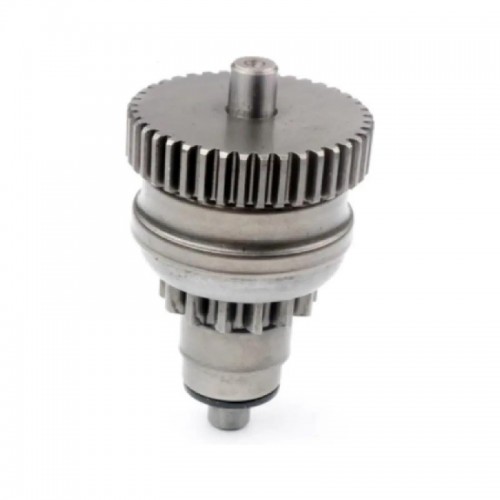
-
Starterstock Starter Drive Bendix for Sea-Doo Speedster 200 Twin 4-TEC

-
Starterstock Starter Drive Bendix for Polaris Trail Blazer/Sportsman
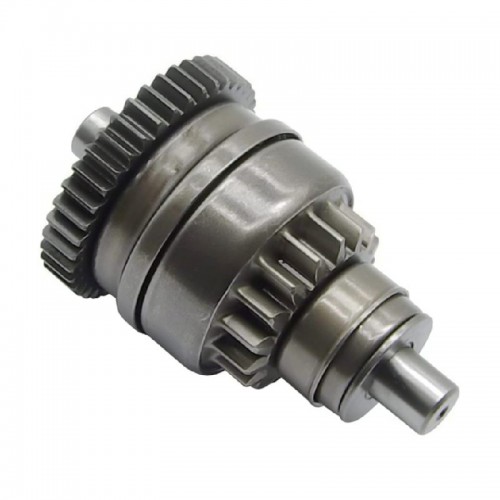
-
Starterstock Starter Drive Bendix for Kawasaki Jet Ski 650-1100
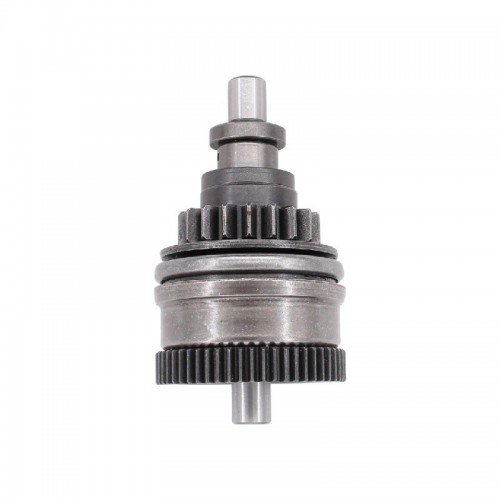
-
Starterstock Starter Drive Bendix for Yamaha WaveRunner/WaveRaider
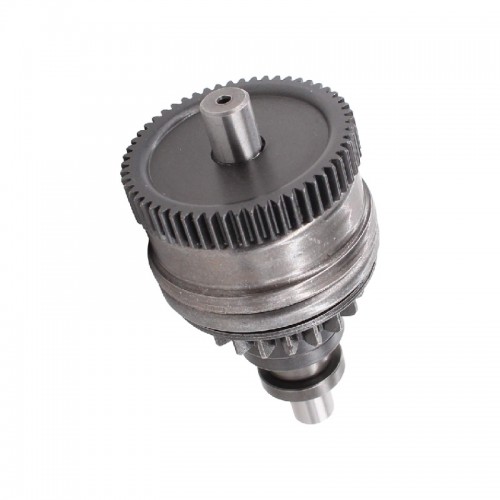
-
Starterstock Starter Drive Bendix for Polaris Sportsman/Ranger
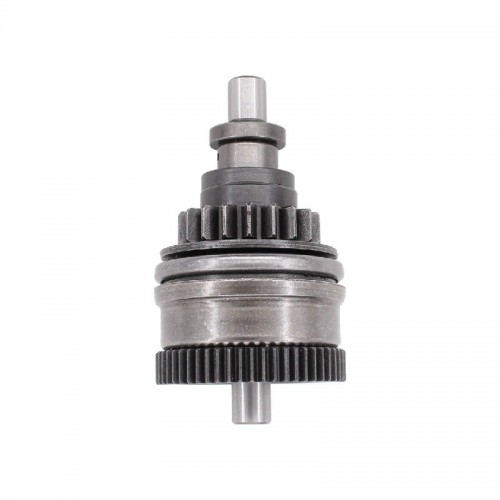
-
CARBURETOR LY-010011 for TOYOTA 4Y HILUX
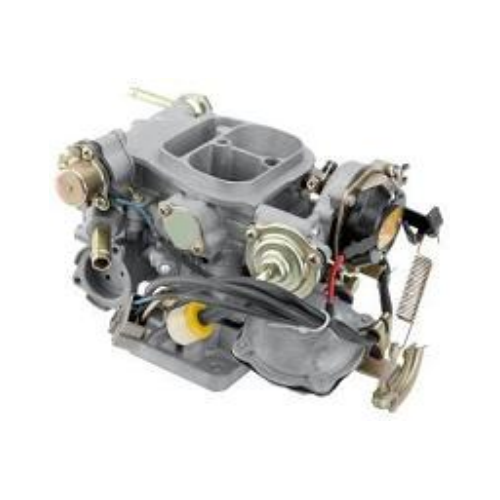
-
CARBURETOR LY-010010 for TOYOTA 3Y HIACE

-
CARBURETOR LY-010009-A for PEUGEOT 405 ZINC
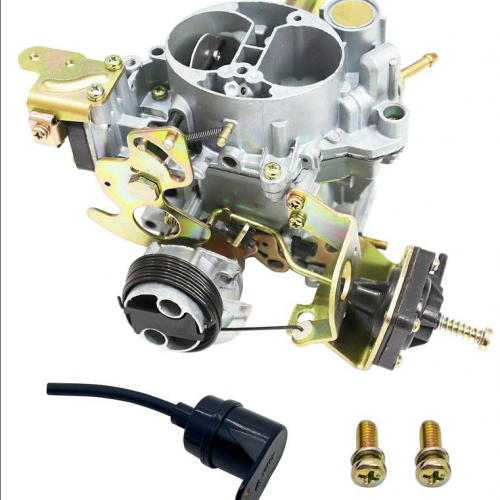
-
CARBURETOR LY-010009 for PEUGEOT 505 ZINC



